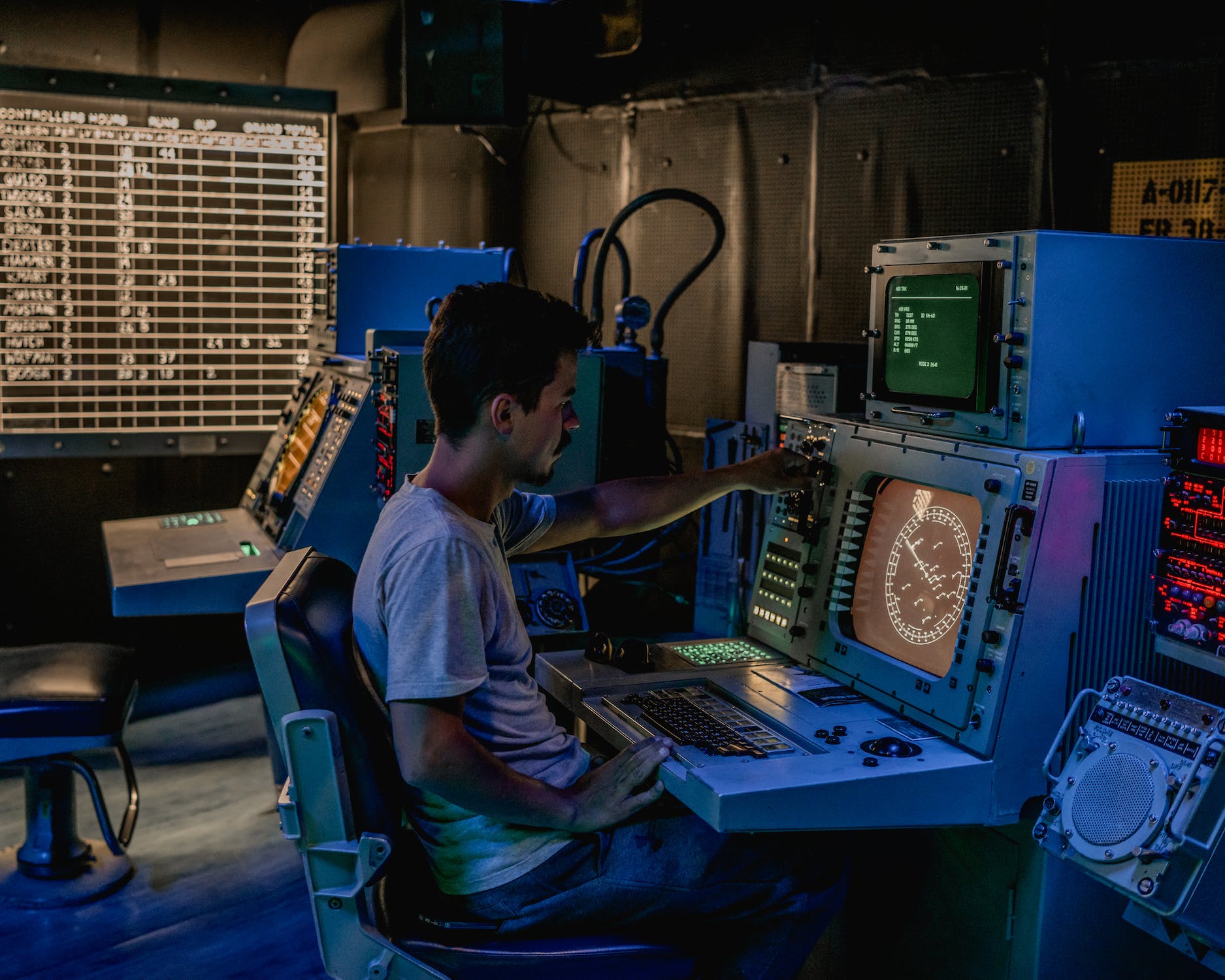
Human Machine Interface, commonly known as HMI, is the technology that allows machines to interact with humans effectively, allowing us to operate them without any specialized knowledge on how they work. HMI is shaping industry, providing a better user interface, enhanced accuracy, and improved productivity. But what exactly is HMI and why is it important in industry? This blog will explore what HMI is, how it works, and how it is shaping the direction of different types of industry.
Human Machine Interface (HMI) is a technology that bridges the gap between humans and machines. It allows humans to interact with machines, providing them with an easy-to-use interface that can accomplish complex tasks with minimal input. HMI is commonly used in a wide variety of systems, such as industrial control systems, aerospace control systems, medical devices, and many more.
How HMI Works: An Overview
The implementation of HMI depends on the complexity of the machine. In most cases, HMI includes a graphical user interface that allows operators to interact with the machine. The user interface may include buttons, switches, displays, and other interactive elements that can be used to control the machine.
The user interface can be controlled through a touchscreen, a keyboard, or other input devices. Data collected from sensors on the machine is analyzed by controllers or processors, which then send instructions to the machine for proper operation. The machine, in turn, provides feedback to the operator through HMI.
The Technologies Behind HMI
HMI technology has evolved over the years, incorporating advanced features to improve usability and effectiveness. Key technologies used in HMI power it to make it effective in its desired application. Pro-face HMI is a well-known brand in the industry featuring a wide range of customizable interface products. Its extensive line of hardware and software products are designed to provide user-friendly, reliable interaction with various industrial machines. By supporting multiple communication protocols, Pro-face HMI devices can seamlessly integrate with existing systems, thereby enhancing operational efficiency.
Touchscreen displays have become an essential part of many HMI systems due to their intuitive user interface. By eliminating the need for physical buttons and switches, these displays allow for more flexible and efficient operation. Capacitive and resistive are the two most common types of touchscreen technologies used in HMI. Capacitive screens are known for their multi-touch capabilities and high sensitivity, while resistive screens are favored for their durability and reliability in harsh environments.
Another instrumental aspect of HMI is the GP4000 series, which is a line of high-performance HMI devices. These devices not only display machine data visually but also allow for detailed control and monitoring of industrial processes. With features such as high-resolution screens, extensive connectivity options, and the ability to handle multiple tasks simultaneously, GP4000 HMIs provide a robust platform for optimizing industrial operations.
Benefits of HMI
HMI offers many advantages in terms of productivity, accuracy, and safety in a wide range of industries. One of the significant benefits of HMIs is their ability to provide real-time updates, improving efficiency and decision-making. HMIs can also provide detailed reports and insights to operators, making it easier to diagnose and solve problems.
HMIs can also enhance safety by providing detailed information on safety procedures and protocols. Operators can interact with machines through graphical interfaces, reducing the risk of accidents and enabling them to make informed decisions to further safety protocols. Additionally, HMIs can be linked with other safety devices, such as emergency shutdown systems or alarms, to provide a safe and reliable working environment.
HMI and Industry
HMI is quickly transforming industries by streamlining workflow, enhancing accuracy, and increasing productivity. In the food industry, HMIs are used to monitor and control the entire process, from raw material handling to packaging. In the transportation sector, HMIs are used to manage traffic systems, railway control, road traffic control, and many more.
In the medical industry, HMIs are increasingly being used to operate surgical robots, allowing better precision and control during surgical procedures. In industrial control systems, HMIs are used to control processes and optimize plant performance, reducing downtime and increasing efficiency.
In the field of renewable energy, particularly wind and solar power, HMI systems are integral to monitoring and managing energy production and distribution. They provide operators with real-time data on weather conditions, energy output, and system performance, enabling them to optimize energy generation and mitigate potential issues.
In the automotive industry, HMIs are transforming the driving experience. Modern vehicles are equipped with sophisticated HMI systems that provide information about vehicle speed, fuel efficiency, and engine health. Advanced HMI systems even facilitate infotainment functions like GPS navigation, Bluetooth connectivity, and media playback.
In agriculture, HMIs are revolutionizing the way farm operations are managed. From automated irrigation systems to drone-based crop monitoring, HMI facilitates smoother interaction between farmers and their machinery, increasing productivity and minimizing resource utilization.
The hospitality industry also benefits from HMI, with automated systems for managing room bookings, lighting, heating, and other in-room amenities. By providing intuitive interfaces for these systems, HMIs enhance operational efficiency and guest satisfaction.
In the defense industry, HMI systems are used in complex military hardware from aircraft to submarines. These systems help operators manage and control intricate systems effectively, improving safety and performance in demanding conditions.
Across all these sectors, HMI is not only enhancing human-machine interaction but also driving efficiency, safety, and productivity to new heights.
Human Machine Interface is an essential technology that is transforming the way we interact with machines. It is creating new opportunities for increased productivity, accuracy, and safety across various industries. With the ability to create intuitive user interfaces, collect and analyze data, and communicate with machines efficiently, HMI is providing a new level of control that was previously impossible.
The continuous evolution of HMI technology is opening doors for new possibilities, expanding its applications across all industries and verticals. HMI is indisputably an influential technology that will shape industry for the foreseeable future, ensuring that machine data is becoming increasingly accessible, actionable, and valuable to operators.
